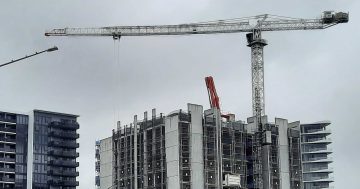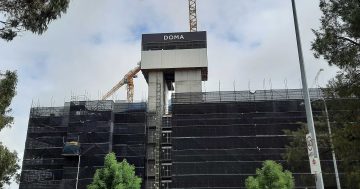
A milestone project: Construction workers gather for the flag raising at the new Parliament House (1987). Photo: National Archives of Australia (NAA).
In 1913, in a remote sheep paddock in the middle of nowhere, Canberra’s first modern residents – its builders – took our nation’s capital from sketches to scaffolding.
Housed in camp-style accommodations, this imported workforce was responsible for bringing Walter Burley Griffin’s vision to life.
Twelve years after Canberra’s foundations were laid, a late-night meeting of 10 Canberra builders marked the formation of the Master Builders Association of the Federal Capital Territory.
Its objective: “to keep in touch with each other and to assist one another in their task of building the city of Canberra”.
Today, the peak body organisation’s Fyshwick office proudly displays the original poster from Canberra’s first land release – multiple commercial and residential parcels in Kingston – sold by auction in 1924 in a defining moment for our capital.
“Isn’t that magic?” says Canberra construction industry veteran and past MBA ACT president Ross Barrett OAM.
“The first land development was finished and it was time for construction. And if you’re going to have an effective building industry, you’ve got to have a strong organisation like the MBA to guide it, and advocate for those building our city.”
By 1958, the Federal Government – also noting the need for improved coordination – had established the National Capital Development Commission (NCDC) to lead the planning, development and construction of Canberra.
“The Federal Government said `here is your budget, you fellas go out there and build Canberra’,” according to Mr Barrett.
As Canberra matured, so too did MBA ACT and its role advocating for a quality building industry.
Mr Barrett names the construction of the new Parliament House from 1981-1988 as a turning point for the sector.
“Because it was such a big development, they brought in new safety measures, additional restrictions and site allowances,” he says. “For example, if you work at height and it’s more dangerous, the pay should be commensurate – that sort of thing.”
Awarded an Order of Australia medal for his contribution to the construction industry, Mr Barrett has played a significant role in shaping MBA ACT and Canberra, chairing several development and community bodies including the Canberra and Region Development Corporation and CHC Affordable Housing.
He says Canberra’s strength lies in its interconnectedness and “small city mentality”, allowing for collaborative relations between industry and government.

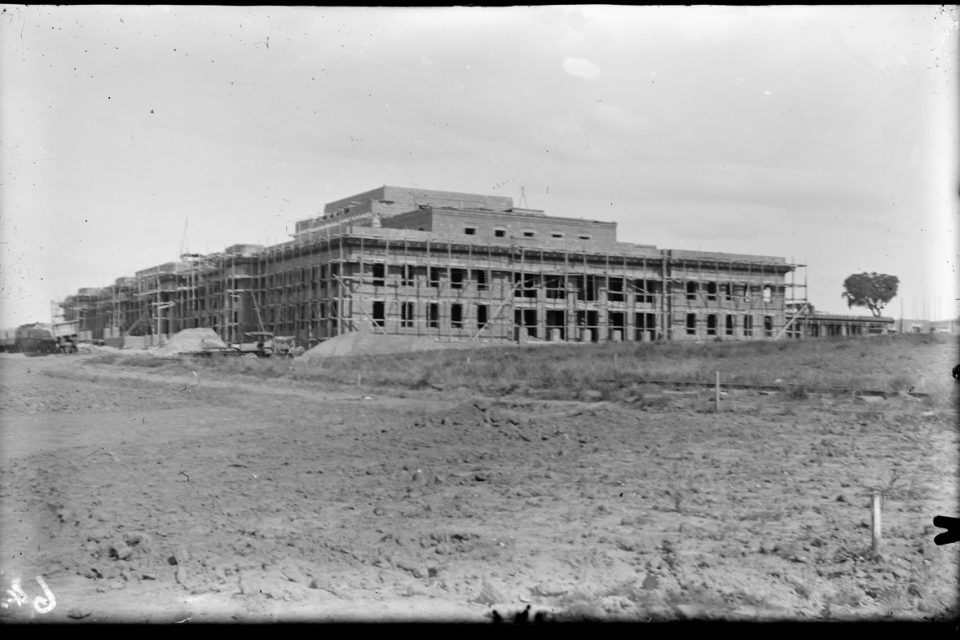
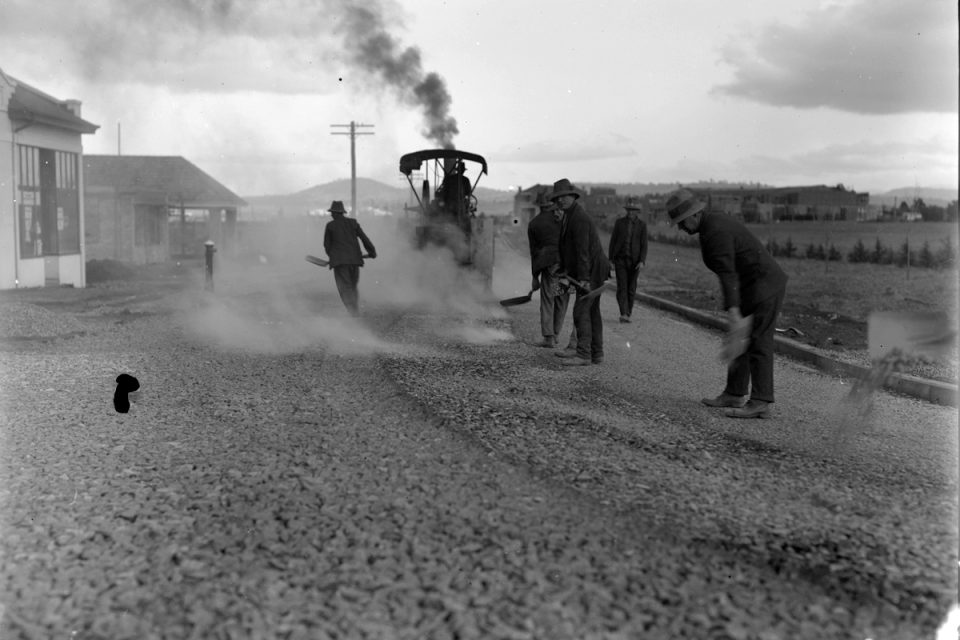
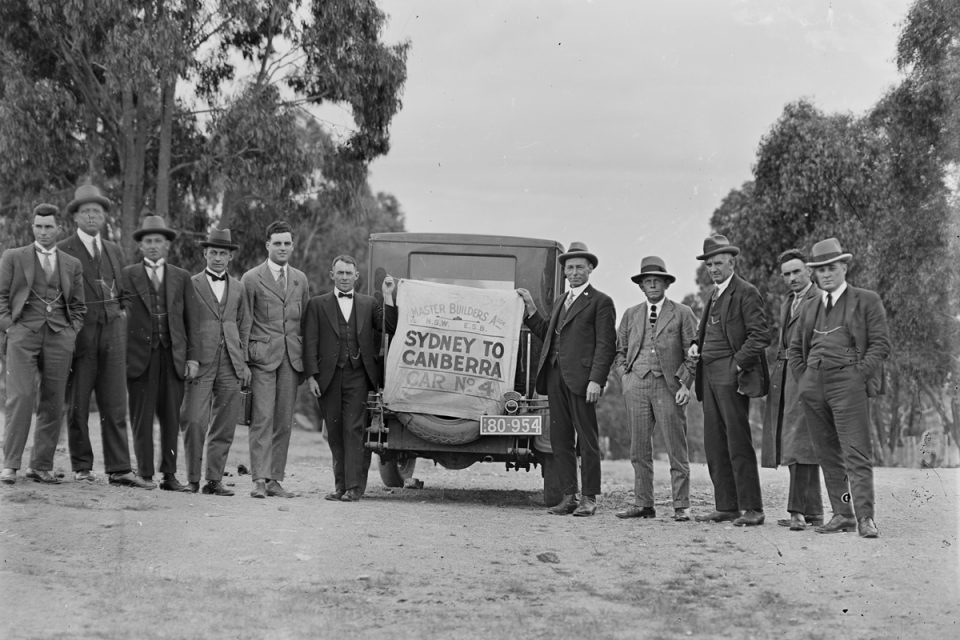

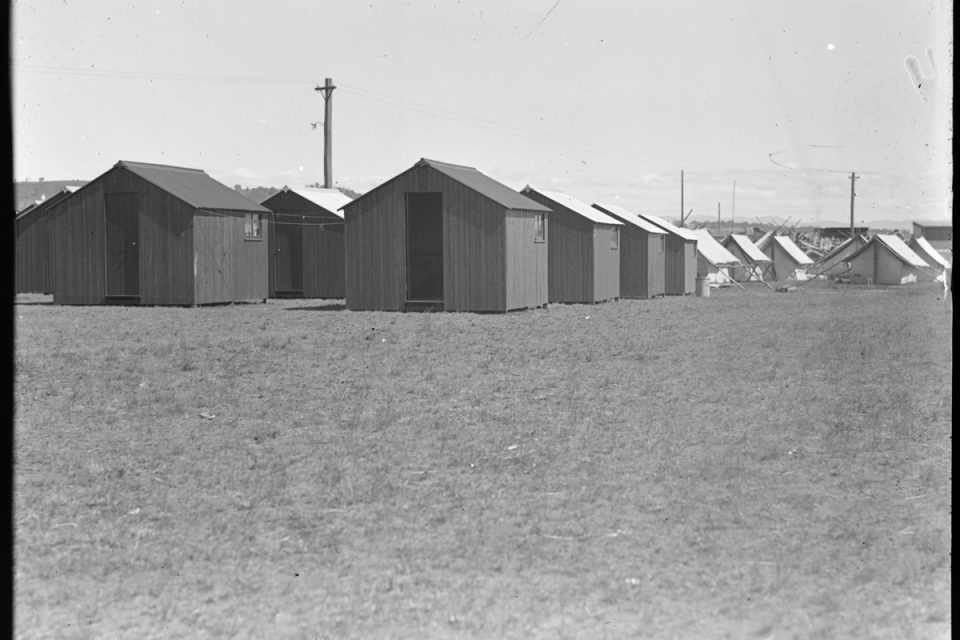
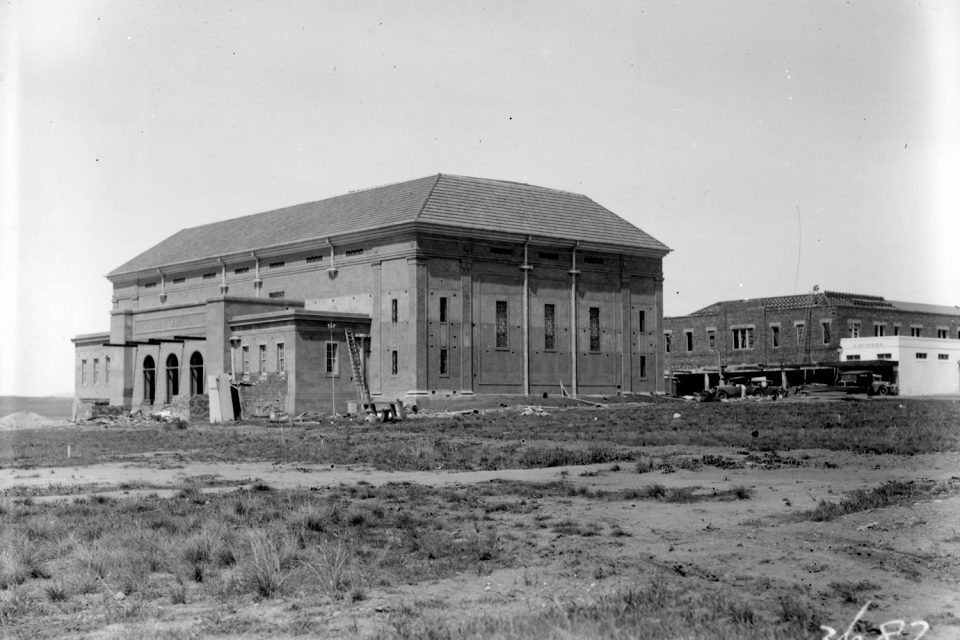
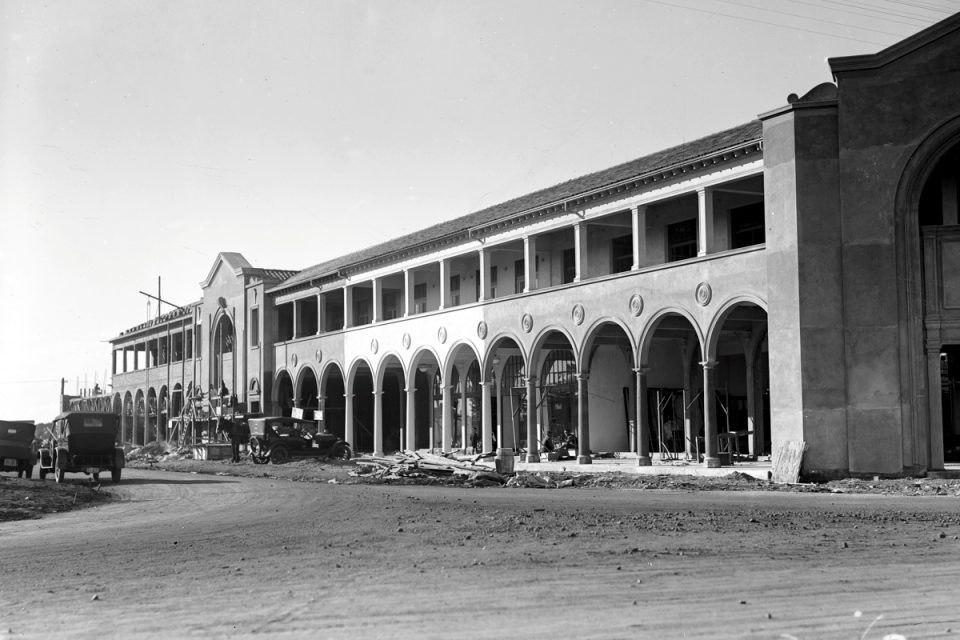
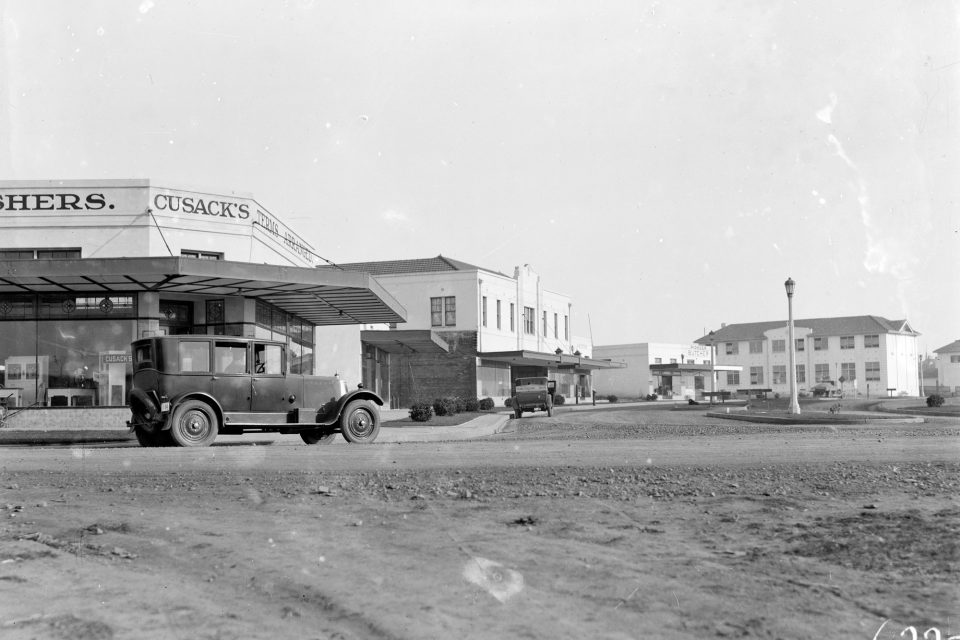
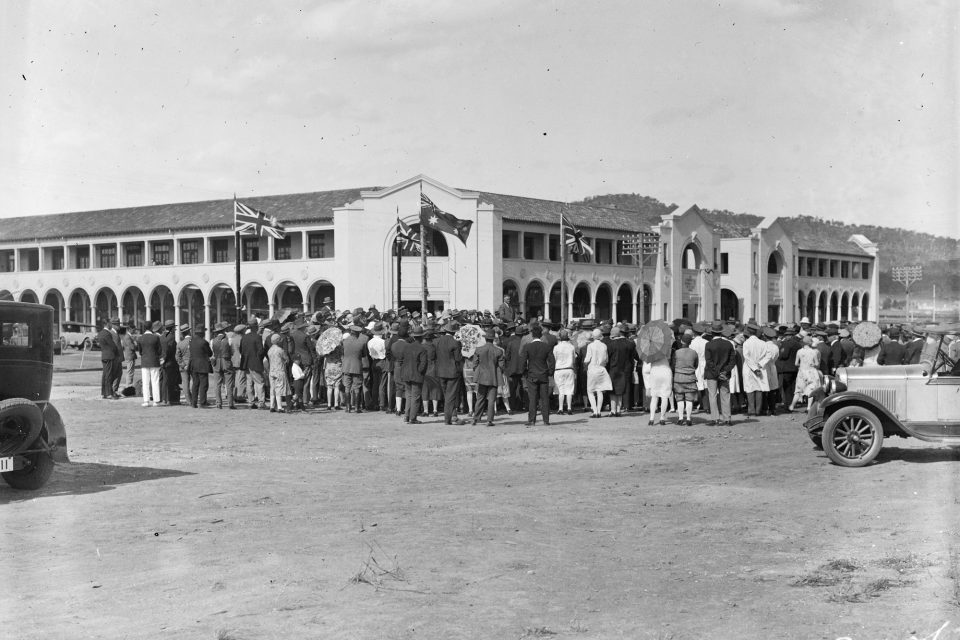


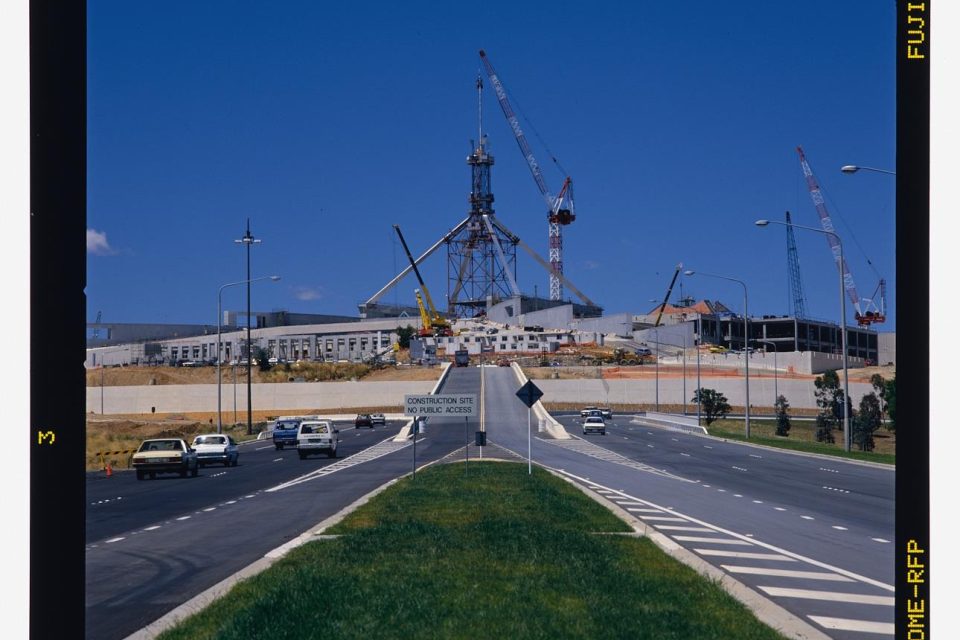
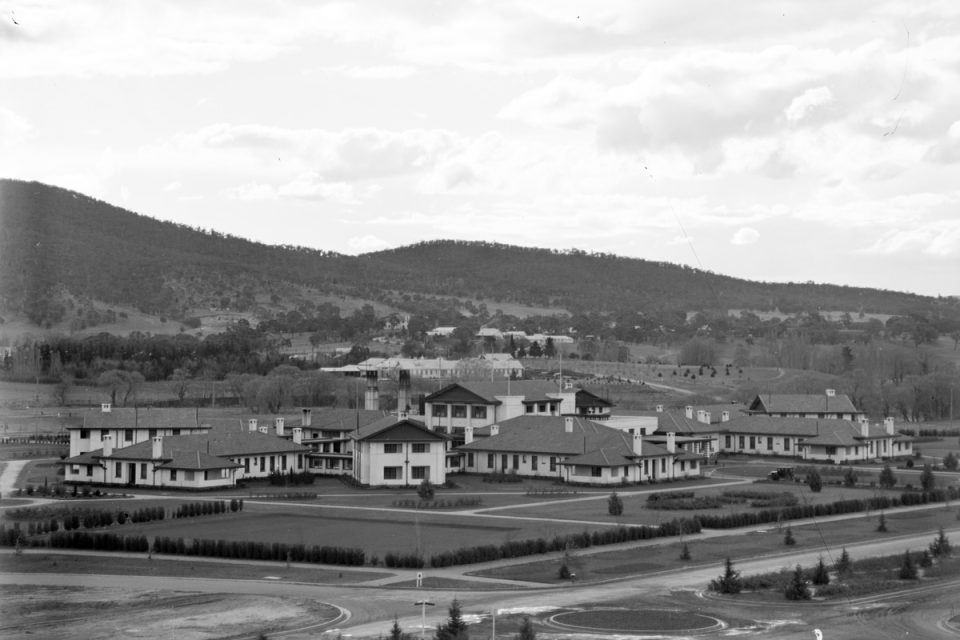
“Throughout my time, MBA have always had an honest and respectful relationship with government,” he said, “Of course, you won’t always reach an agreement. When that’s the case, it’s our job to explain the effect on our industry and members.”
The 2001 collapse of HIH Insurance, which saw ACT homeowners without critical home warranty coverage, highlighted the need for such effective communication.
“Our industry was on its knees,” Mr Barrett says. “Suddenly, you couldn’t get insurance to construct a building – so our members are sitting around, unable to take on new contracts.”
Working closely with the ACT Government, under the leadership of then planning minister Simon Corbell, the Master Builders Fidelity Fund (MBFF) was established – the purpose-built, industry-backed insurance model helping to restore market stability.
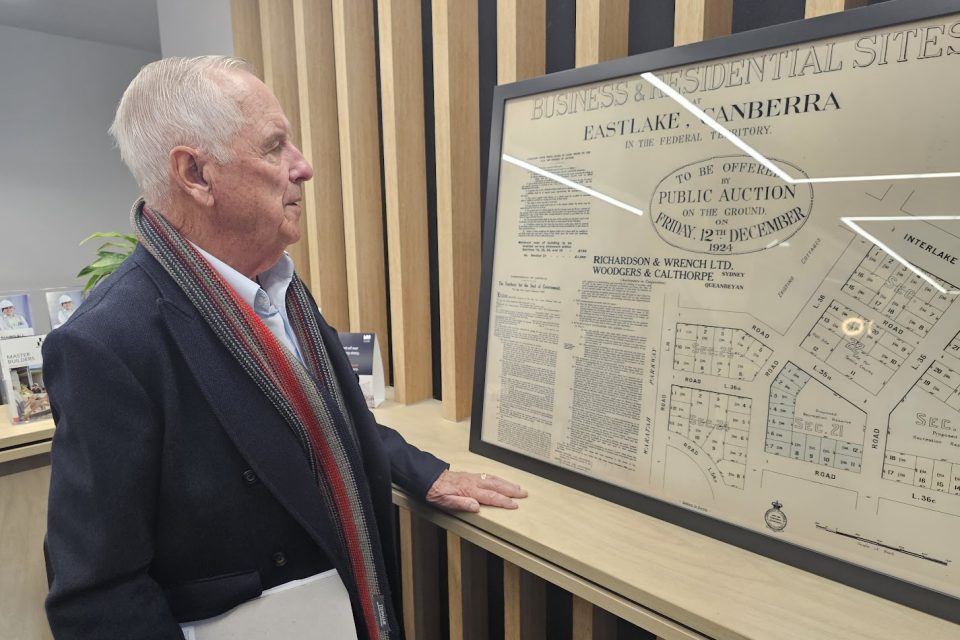

Today, MBA ACT serves about 1000 members across all sectors of the construction industry – commercial, civil, residential, subcontractors and professionals.
MBA ACT CEO Anna Neelagama says the organisation has continuously evolved over the last century, now encompassing training and skill development, professional advisory services and advocacy to government.
“The role of the Master Builders is now not simply to build the capital, but to drive a quality industry,” Ms Neelagama says. “To be a champion for quality, safe and productive building outcomes, so we can continue to build and grow our great city and capital region.”
She says the outlook for building and construction is “weakened, but stable”, with new home starts down, immense planning and approval times, and an overall reduced public works pipeline.
“We also have much higher materials costs – 35 per cent more than 2020 – as well as a skills shortage in all 26 constructions trades,” she says.
“The challenges are immense, especially in the ACT when novel policy solutions that aren’t tried elsewhere are implemented – like the 7 star and liveability standards in the National Construction Code 2022 where no other state has, as well as programs like property developer licensing which is not a requirement anywhere in Australia.”

CEO Anna Neelagama says MBA ACT’s message is the same as it was 100 years ago: Master Builders of the ACT stands ready to build. Photo: MBA ACT.
A common theme remains over the century of service: Canberra’s strong sense of community makes the city’s building industry unique.
“Everybody knows everybody, and most are genuinely invested in the city’s development – they put Canberra first,” Mr Barrett says.
“I am always overwhelmed by the generosity of our members,” Ms Neelagama says. “Our industry and sector are so philanthropic and give back so much to the community.”
Members frequently unite to design, build and auction quality homes with proceeds donated to Canberra-based charities. The past four Charity House projects have been in partnership with Hands Across Canberra.
MBA ACT and its members also contribute to broader social issues, including the wellbeing of workers in the construction industry.
In 2001, following the suicide of a young building apprentice, MBA ACT partnered with the Construction Forestry Mining and Energy Union ACT Branch (CFMEU) to establish OzHelp – a national suicide prevention charity aimed at improving mental health support, particularly for apprentices and young workers.
Mr Barrett says a personal highlight was chairing Boundless Playground – a one-of-a-kind, fully inclusive space, built predominantly by MBA ACT members. Much like Canberra itself, the project reflects the importance and impact of a collaborative industry.
“If you grab yourself a coffee, sit up at Red Hill and look around – every single thing you see was built by our industry. The roads, parks, houses, buildings, landscaping, Lake Burley Griffin – everything. And I’d take a punt and say most of it was by MBA members.”
Master Builders ACT’s official anniversary is 18 August. Visit www.mbaact100.org.au for more information.















